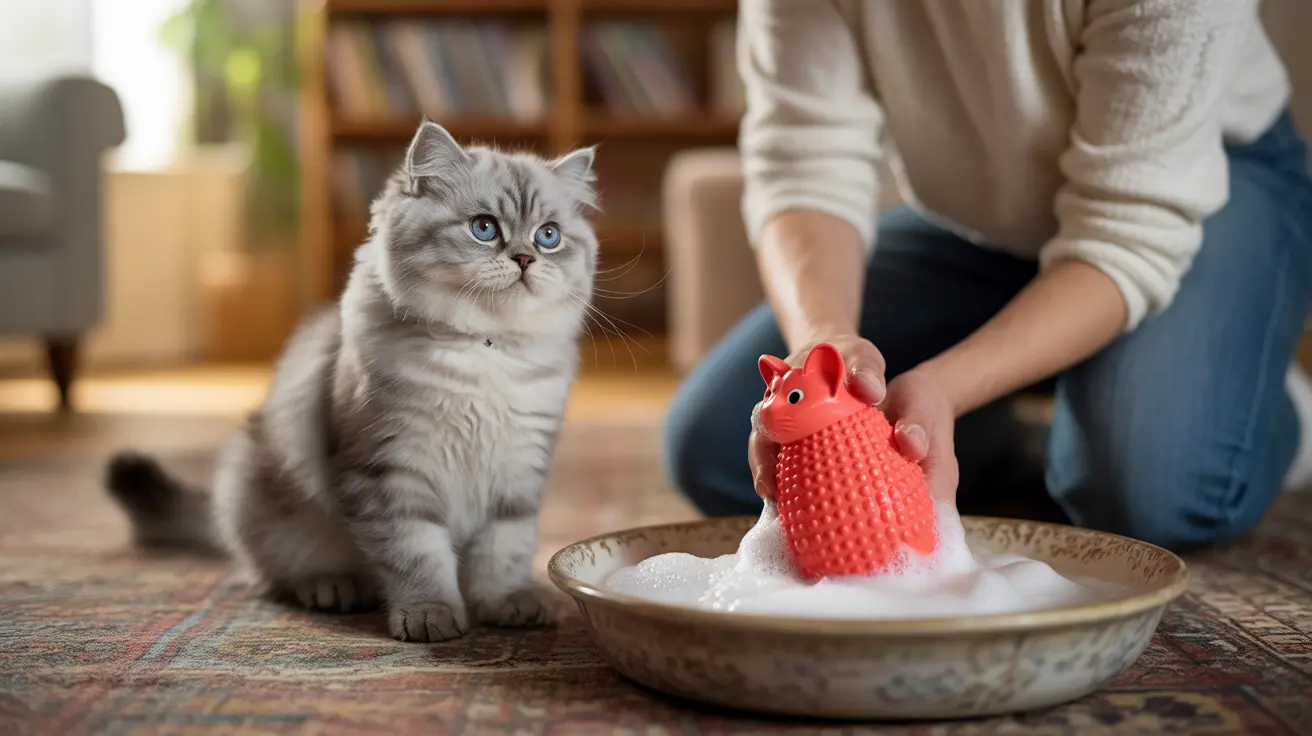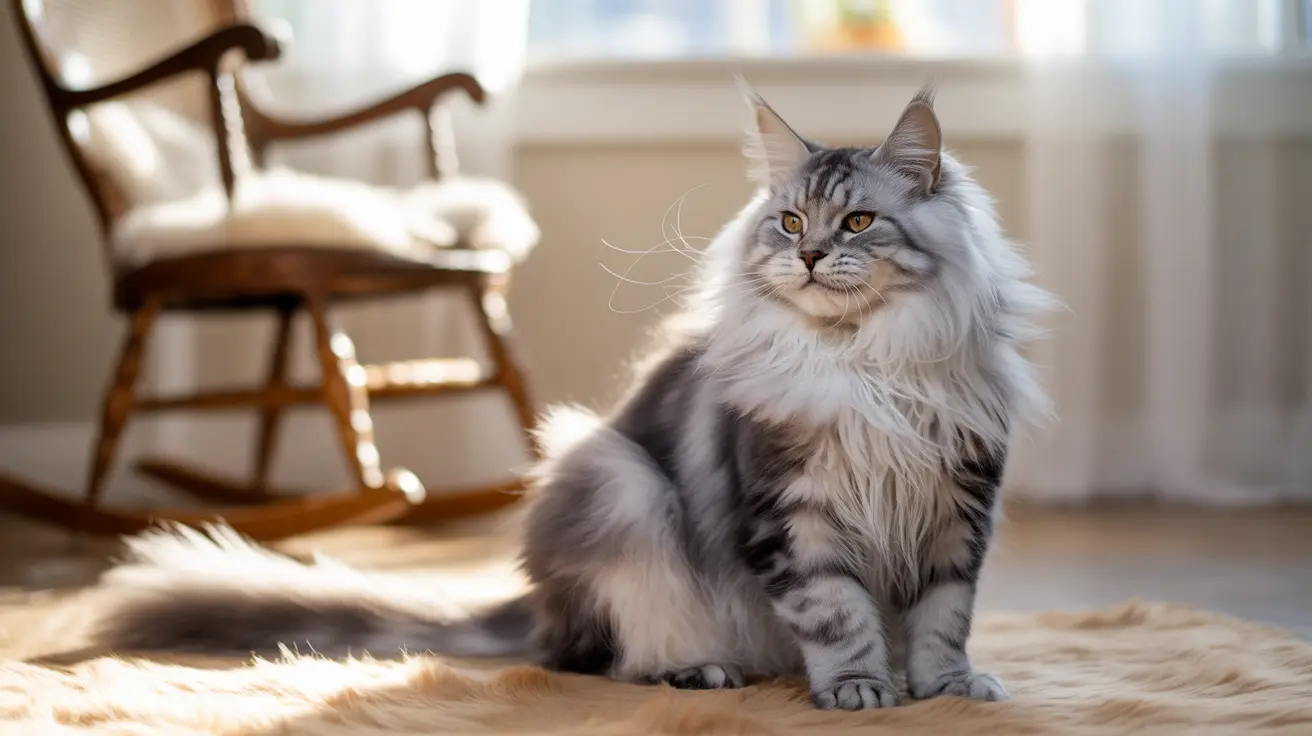Keeping your cat's toys clean is essential for their health and happiness. As a pet parent, understanding how to properly sanitize different types of cat toys can prevent the spread of bacteria, extend toy life, and ensure your feline friend stays safe during playtime. In this comprehensive guide, we'll explore the best methods for cleaning various cat toys while maintaining their integrity and appeal.
Understanding Why Clean Cat Toys Matter
Cat toys can harbor bacteria, dust, saliva, and other contaminants that may affect your pet's health. Regular cleaning not only maintains hygiene but also helps preserve the toys' durability and entertainment value. Different materials require specific cleaning approaches to ensure both effectiveness and safety.
Essential Cleaning Methods for Different Toy Types
Fabric and Plush Toys
Soft toys require special attention as they tend to absorb more dirt and bacteria. For machine-washable items:
- Place toys in a mesh bag
- Use cold water and gentle cycle
- Select pet-safe, unscented detergent
- Air dry completely before returning to your cat
For delicate fabric toys, hand washing with mild soap and warm water is recommended. Always check care labels before washing.
Hard Plastic and Rubber Toys
These durable toys can withstand more thorough cleaning methods:
- Scrub with warm water and pet-safe dish soap
- Use a soft brush for crevices
- Rinse thoroughly to remove all soap residue
- Air dry completely
Safe Cleaning Products and Natural Alternatives
Choose cleaning solutions carefully to protect your cat's sensitive system:
- Pet-specific enzymatic cleaners
- Diluted white vinegar solution (1:1 ratio)
- Unscented castile soap
- Baking soda for odor neutralization
Special Considerations for Interactive Toys
Electronic and battery-operated toys require careful cleaning:
- Wipe external surfaces with slightly damp cloth
- Never submerge in water
- Remove batteries before cleaning
- Clean detachable parts separately
Maintaining Catnip Toy Effectiveness
Catnip toys need special handling to preserve their appeal:
- Avoid harsh detergents
- Use water-only cleaning when possible
- Air dry thoroughly
- Replace catnip if potency diminishes after cleaning
Establishing a Cleaning Schedule
Create a regular cleaning routine based on toy usage:
- Frequently used toys: Weekly cleaning
- Occasional toys: Monthly cleaning
- Interactive toys: Wipe down after each use
- Replace heavily worn or damaged toys immediately
Frequently Asked Questions
How do I safely clean different types of cat toys like fabric, plastic, and electronic ones?
Clean fabric toys in a mesh bag on gentle cycle or hand wash. Plastic toys can be cleaned with pet-safe soap and water. For electronic toys, use a slightly damp cloth on external surfaces only, avoiding internal components.
What are the best pet-safe cleaning products to use for washing cat toys without harmful residues?
Use pet-specific enzymatic cleaners, diluted white vinegar, unscented castile soap, or mild dish soap. Avoid products with strong fragrances or harsh chemicals.
How often should I clean my cat's toys to prevent bacteria and keep them hygienic?
Clean frequently used toys weekly, less-used toys monthly, and wipe down interactive toys after each use. Adjust frequency based on visible dirt and usage patterns.
Can I machine wash catnip toys, and how do I preserve their potency when cleaning?
Most catnip toys should be hand washed with water only to preserve potency. If machine washing is necessary, use cold water without detergent and air dry completely.
What natural methods, like vinegar or steam cleaning, are effective for sanitizing cat toys?
A 50/50 vinegar-water solution effectively sanitizes toys naturally. Steam cleaning is also excellent for both fabric and hard toys, eliminating bacteria without chemicals.
Remember, maintaining clean cat toys isn't just about hygiene—it's about ensuring your feline friend's safety and enjoyment during playtime. By following these guidelines and establishing a regular cleaning routine, you'll help keep your cat healthy and their toys in optimal condition for extended use.






